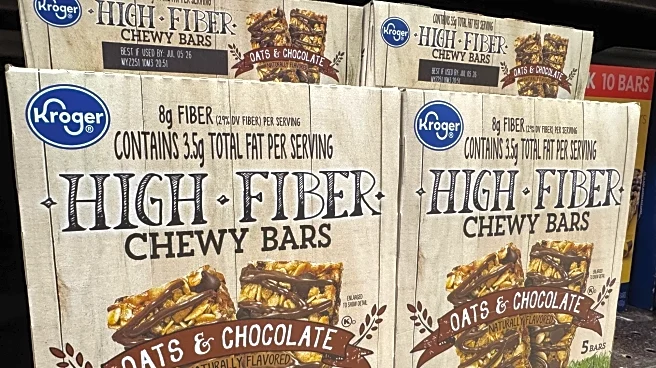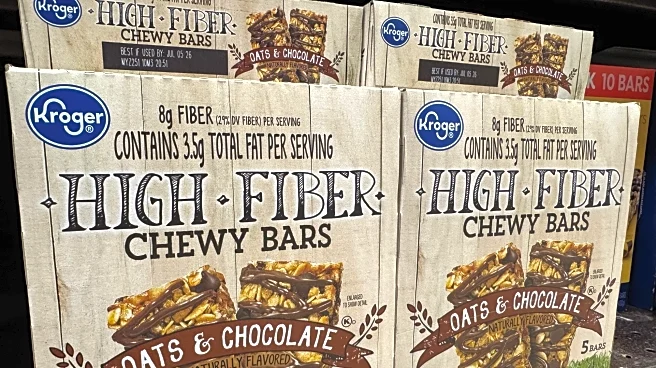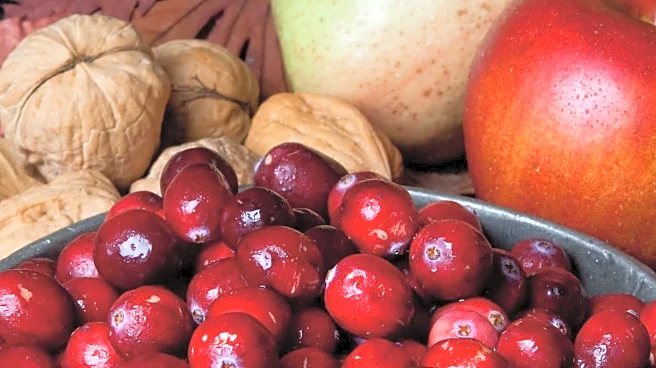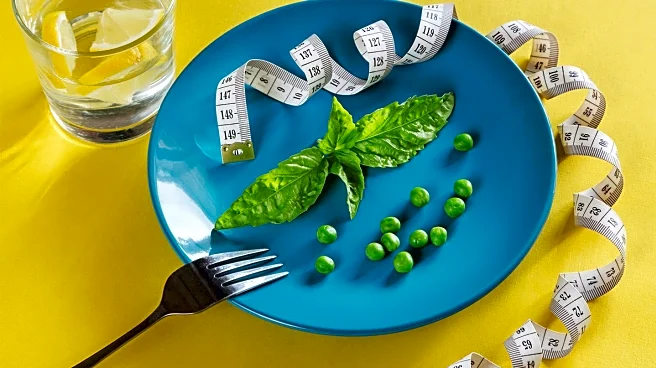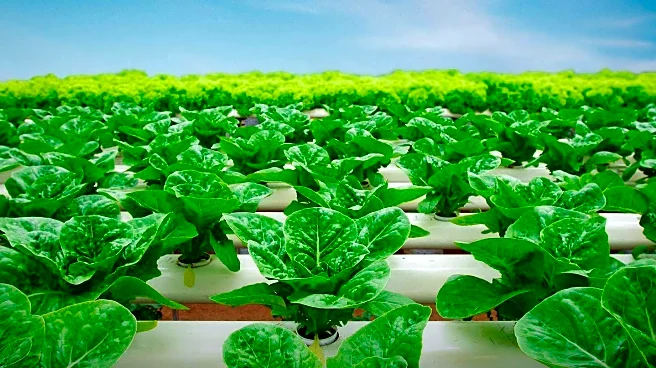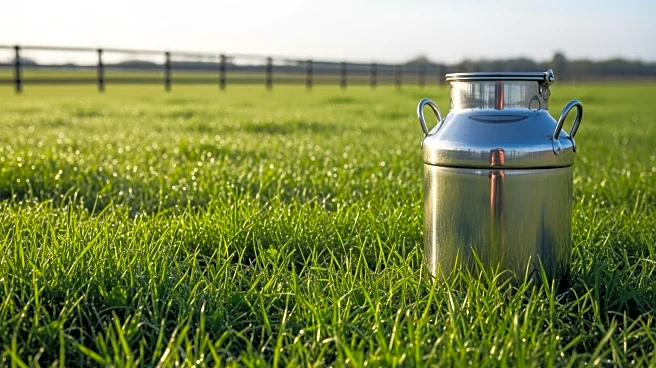U.S. consumers who have had their fill of finding protein added to everything from cereal to ice cream are about to meet the next big food fad: fiber.
Americans have been boosting their protein intake for
years; even Pop-Tarts and Starbucks are selling protein-enhanced products. But the number of new products promoted with high or added fiber saw a big uptick in the U.S. this year, according to market research firm Mintel. Hundreds of videos on social media celebrate the benefits of dietary fiber and share recipes to help viewers get more of it.
There’s even a term for trying to meet or exceed the recommended daily fiber intake: fibermaxxing.
“I think fiber will be the next protein,” PepsiCo CEO Ramon Laguarta said during a recent conference call with investors. “Consumers are starting to understand that fiber is the benefit that they need.”
Unlike muscle-building protein, fiber isn't sexy. It's a carbohydrate found in plants that your body can't break down. It helps feed gut bacteria and move food through the digestive system.
“Folks don’t want to talk about it at a dinner party,” said Debbie Petitpain, a registered dietician nutritionist and a spokeswoman for the Academy of Nutrition and Dietetics.
There are two main types of fiber. Soluble fiber dissolves in water and forms a gel-like material that feeds gut bacteria. It’s found in foods like oats, peas, beans, apples and carrots. Insoluble fiber doesn’t dissolve in water and moves food through the digestive system. It’s found in whole wheat flour, popcorn, wheat bran, nuts, green beans and potatoes.
Studies have shown that fiber lowers cholesterol levels, regulates blood sugar and promotes weight loss, since high-fiber foods tend to make eaters feel more full. It may also protect against heart disease, diabetes, diverticulitis and colon cancer, according to the American Heart Association.
Petitpain said rising use of GLP-1 weight loss drugs could be one reason for the renewed focus on fiber, since GLP-1s naturally slow digestion and fiber can prevent constipation. She said fiber has seen similar spikes in interest when people wanted to alleviate symptoms from high-fat diets like Atkins or keto.
Most people in Western countries could use more fiber because their diets are low in vegetables, fruits and whole grains, said Sander Kersten, director of the Division of Nutritional Sciences at Cornell University.
Under the U.S. Department of Agriculture’s guidelines, adults should aim for 14 grams of fiber for every 1,000 calories they consume. That’s about 25 grams of fiber for women and 38 grams for men each day. Petitpain said Americans generally only get about two-thirds of that amount.
For reference, 1 cup of raspberries contains 8 grams of fiber, while a banana contains 3.2 grams, according to the USDA. One-half cup of avocado contains 5 grams of fiber and 1 cup of lima beans contains 13.2 grams. Fiber One, a bran cereal, packs 18 grams of fiber into a 2/3-cup serving.
Kersten said long-term studies about the benefits of fiber have looked at the consumption of whole foods and not packaged products with added fiber.
“The way it is consumed as an additive and part of a diet that doesn’t contain a lot of fiber may be different than a naturally fiber-rich diet,” Kersten said. “You can eat a very processed, Western diet and consume foods that are enriched, but we don’t know if it confers the same benefit.”
Whole foods also help the body in other ways, Petitpain said. An apple contains 4.8 grams of fiber as well as water, vitamins and minerals, for example.
Here are some recommendations from the Mayo Clinic for adding fiber to your diet:
— Choose a breakfast cereal with 5 grams or more of fiber a serving. Top it with a sliced banana or berries.
— Choose breads with at least 2 grams of fiber per serving and try other grains like brown rice, whole-wheat pasta and quinoa.
— When baking, substitute whole-grain flour for white flour. Add wheat bran to muffins and cookies.
— Try to eat five or more servings of fruit and vegetables daily. If you eat canned fruit, make sure it's canned in fruit juice and not syrup, and make sure canned vegetables are low in sodium.
There is no defined upper limit for fiber intake, Kersten said. But increasing fiber can cause painful gas and bloating, especially if it's done quicky.
Petitpain said people should increase their fiber intake gradually and drink plenty of water.
“You’re feeding gut bacteria a food, and you can’t break it down. You rely on them, and if you give them second, third and fourth servings, there’s not enough of them to handle the extra load,” Petitpain said.
Certain populations should also be extra careful about their fiber intake, Petitpain said. People who are sensitive to gluten or allergic to foods like soy, shellfish or psyllium husk should read labels carefully since some foods with added fiber contain those ingredients.
More broadly, Kersten questions the trend of focusing on one nutrient, whether it's protein or fiber.
“We don’t need nutrients, we need foods. Ultimately, what you want to be striving for is a healthy diet, and you should choose foods that are considered to be an important part of a healthy diet,” he said.
